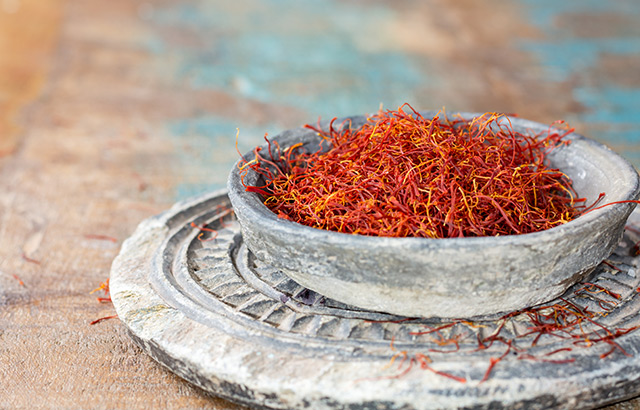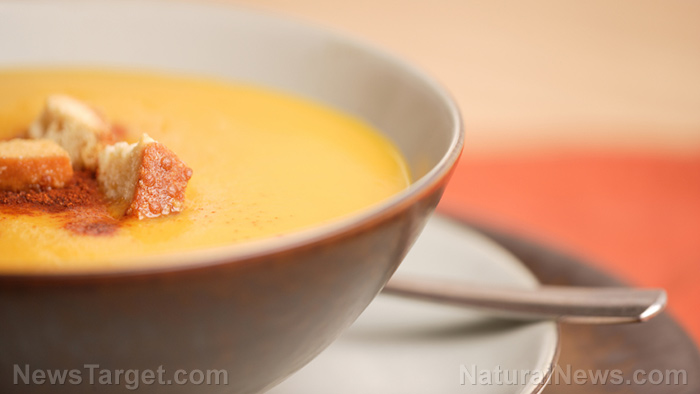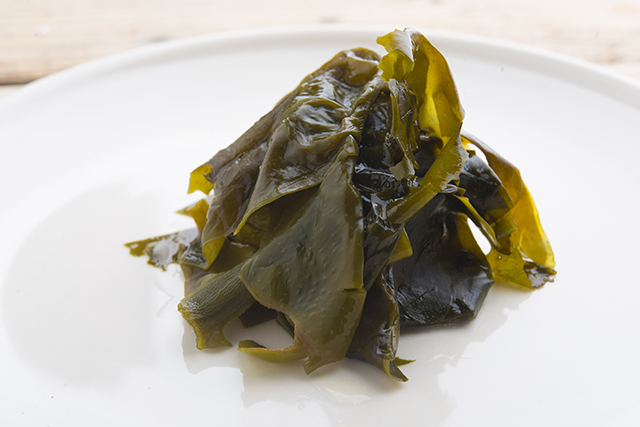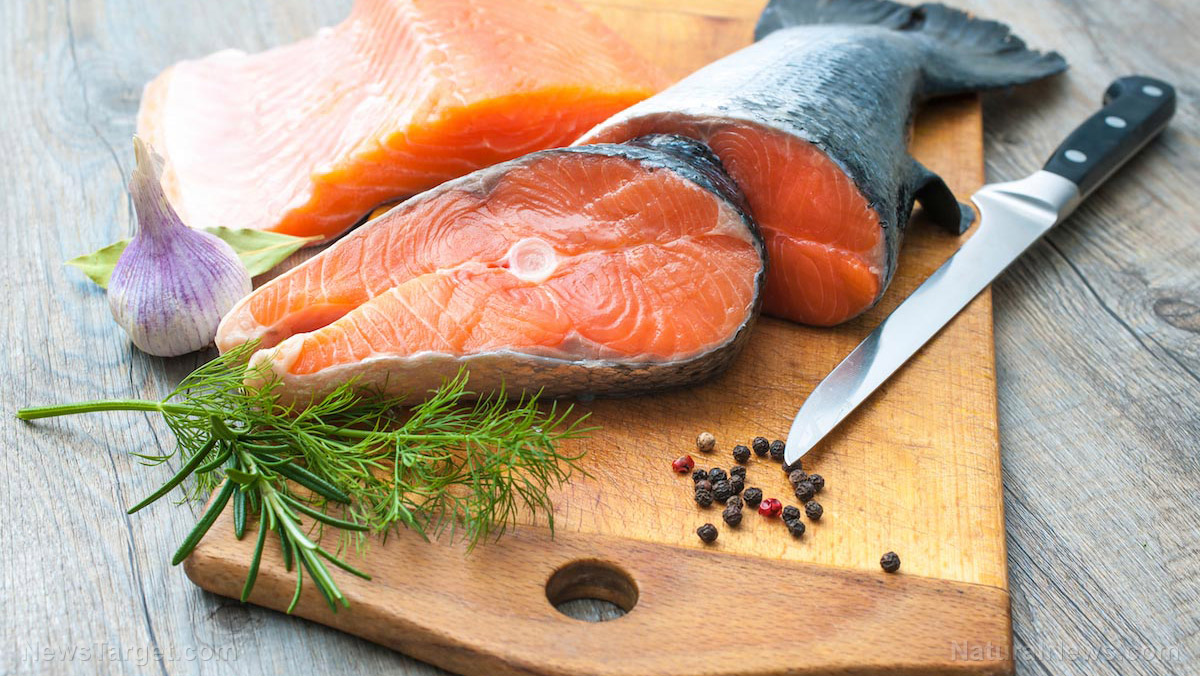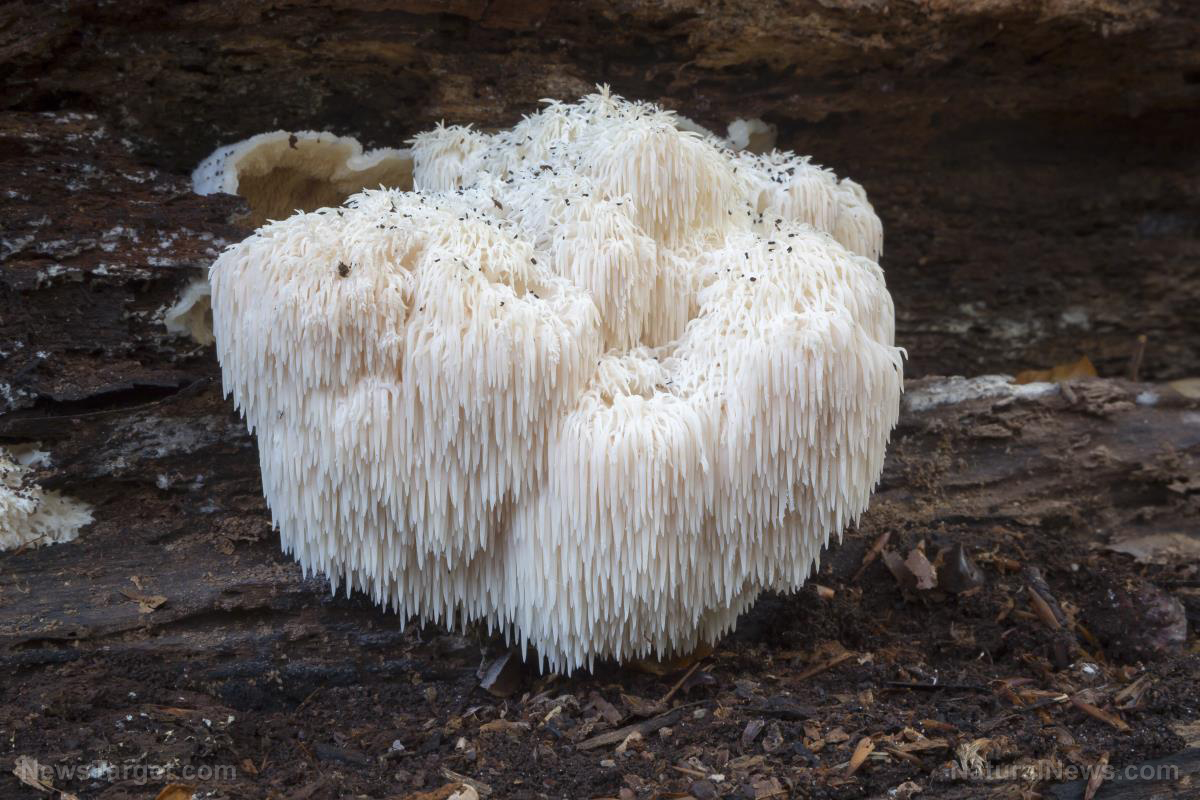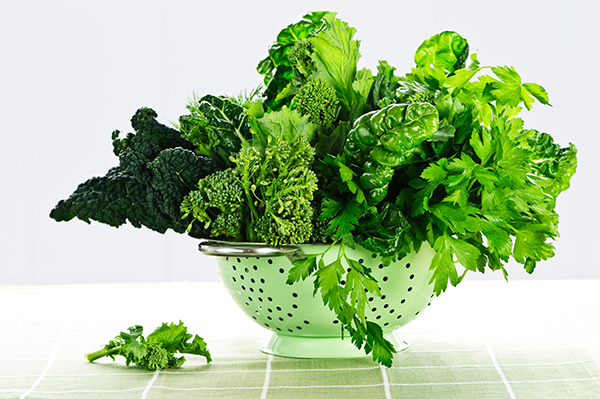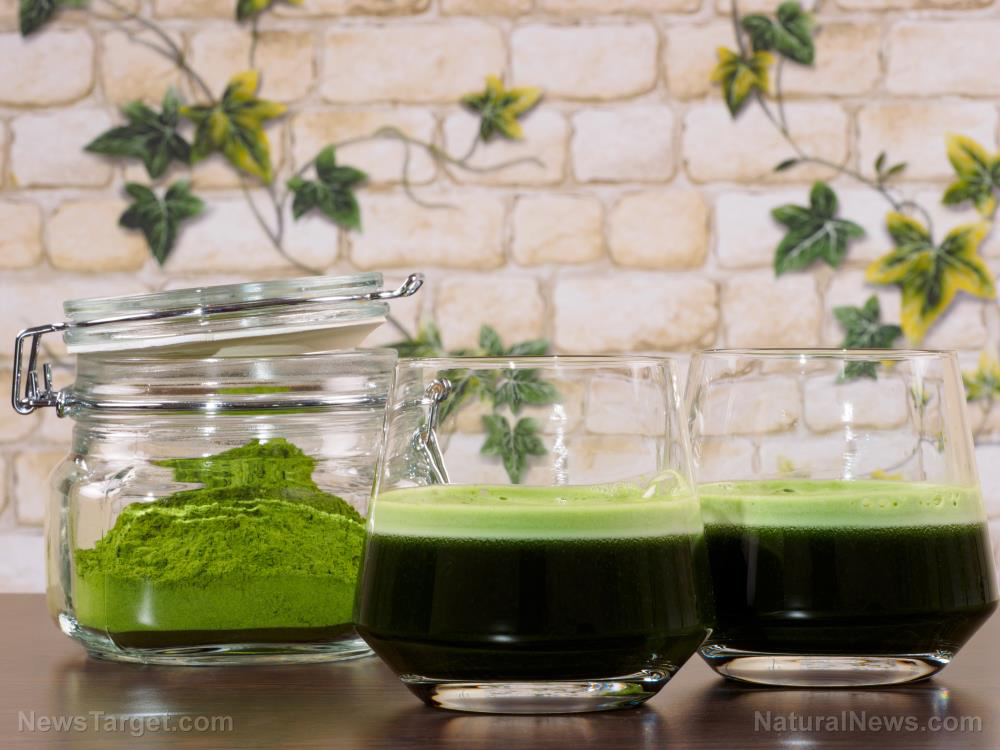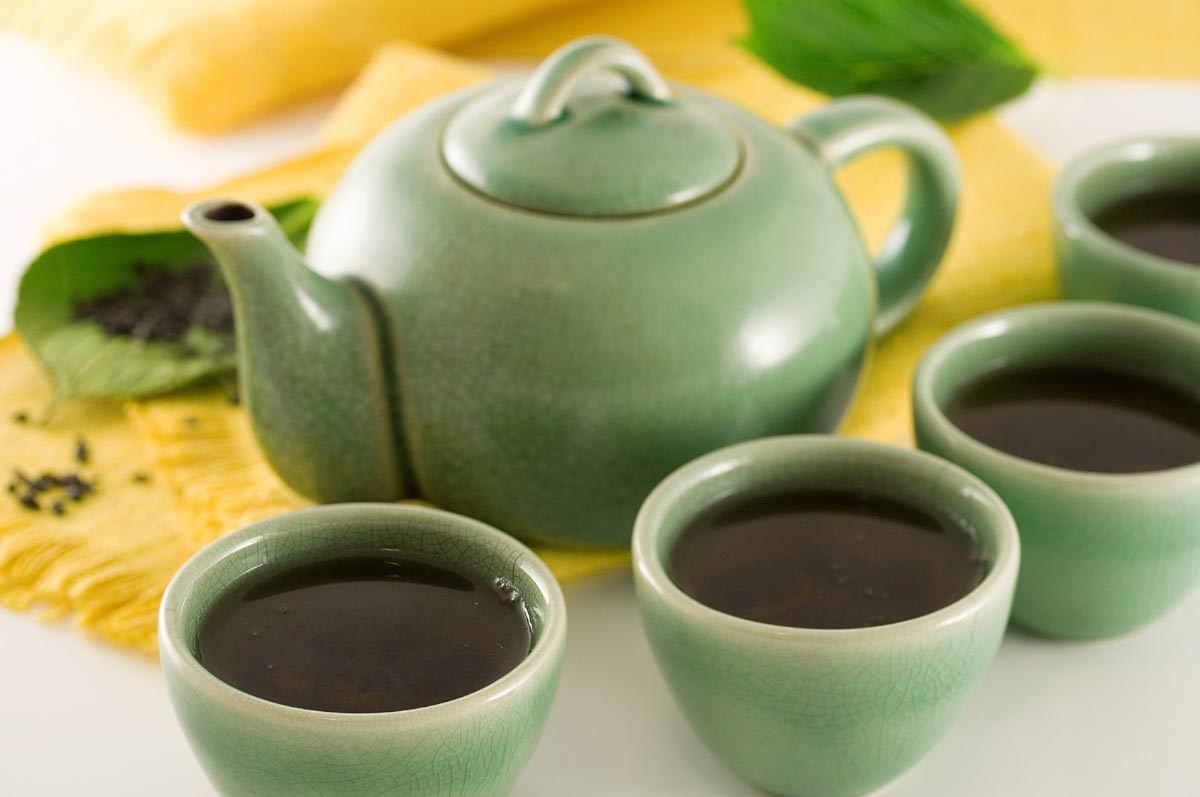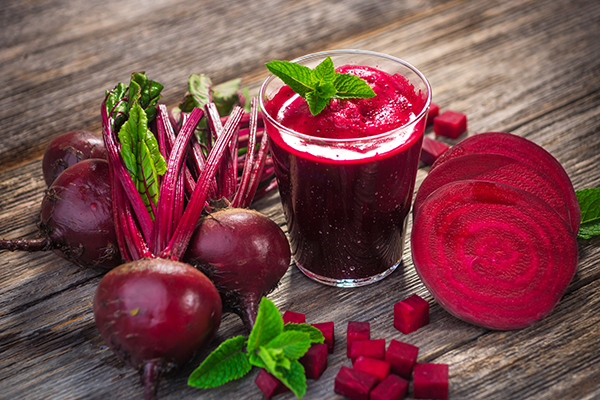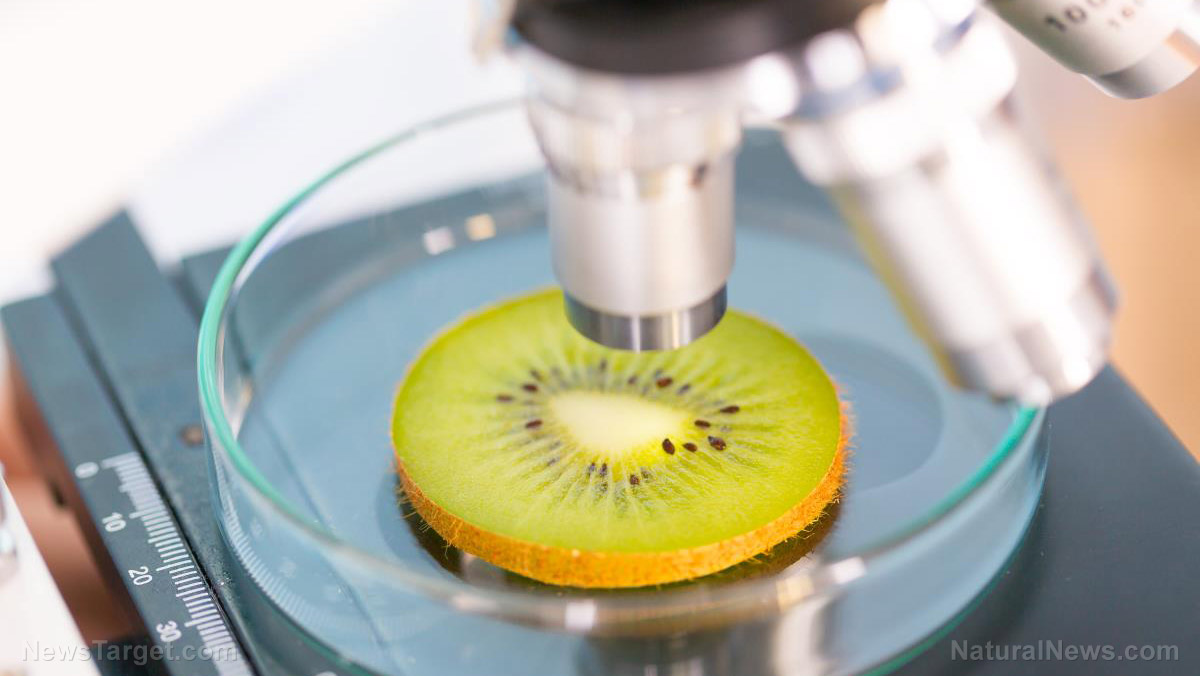Boost your immune system and overall health naturally with ginger
03/02/2023 / By Olivia Cook
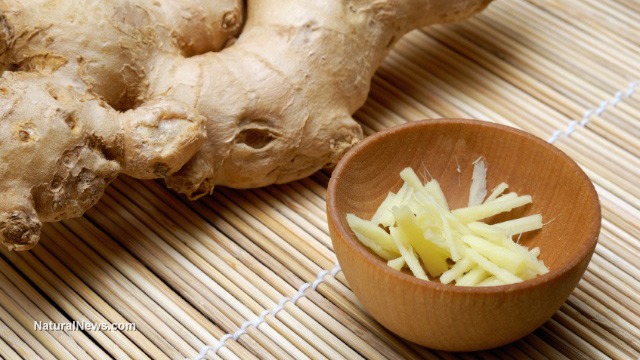
Ginger, the unassuming beige root, is cholesterol-free, fat-free, gluten-free, low-calorie, sodium-free and sugar-free.
It has been proven to ease chronic pain, inflammation and muscle cramps; improve metabolic function; lower blood sugar and cholesterol; and treat digestive problems, morning sickness, motion sickness, nausea and a lot more. (Related: 7 reasons to eat more ginger.)
Reap the benefits of this versatile superfood with these flavorful, good-for-you recipes. (h/t to Rasa Malaysia.com)
Ginger ale
Ingredients:
- 2 tablespoons of kefir
- 1-2 cups of coconut water
- 2-4 ounces of grated fresh ginger
Directions:
Combine all ingredients and let sit and ferment for 24 hours to provide an amazing probiotic-enriched soda alternative.
Kefir is a type of fermented dairy product that can be purchased or made at home using cow’s, sheep’s or goat’s milk; non-dairy milk, such as coconut or oat milk; and juice or water. Some scientific evidence suggests that kefir may help with controlling blood sugar, lowering cholesterol, boosting digestive health and killing pathogens.
Ginger soy fish
Ingredients:
- 12 ounces of halibut fish fillet (or other white fish)
- 2 tablespoons of olive oil (cooking oil)
- 1 tablespoon of cornstarch
- 1 tablespoon of chopped scallions
- 1 two-inch piece of ginger
Sauce ingredients:
- 2 tablespoons of soy sauce (light soy)
- 2 tablespoons of water
- 1 tablespoon of sugar
- 1 teaspoon of sesame oil
- 3 dashes of ground white pepper
Directions:
- Cut the halibut into thick, but bite size pieces. Coat the fish fillet with cornstarch and set aside.
- Peel the ginger, slice and cut it into thin strips.
- Mix all the sauce ingredients in a small bowl. Stir to mix well and make sure that the sugar is completely dissolved.
- Heat up a skillet or well-seasoned wok with the cooking oil on medium to high heat. When the oil is fully heated, add the ginger and stir-fry until it turns light brown. Remove the ginger from the oil and set it aside in a bowl.
- Using the ginger-infused oil, pan-fry the fish until it turns light to a golden brown. Make sure you turn the fish very gently with a spatula or tong or with a pair of long cooking chopsticks. Fish fillets are very delicate and you don’t want to break them into flakes while pan-frying.
- Add the sauce to the fish. As soon as the sauce bubbles, turn off the heat and dish out. Top the fish with ginger strips and scallion. Serve immediately with white steamed rice.
Halibut, like most fish, is a high-quality source of protein and selenium – a powerful antioxidant that helps your body repair damaged cells and aids in decreasing inflammation. Halibut’s power-backed nutrients include omega-3 fatty acids, niacin and magnesium, which help fight heart disease.
Ginger syrup
Ginger root makes a wonderful syrup, with a punchy flavor that works really well in cocktails, smoothies and even soft drinks to enhance their flavor.
Ingredients:
- ¾ cup (180 ml) of water
- ½ cup (125 ml) of sugar (or a natural sweetener of your choice)
- 1 tablespoon of grated fresh ginger
Directions:
Simply boil equal amounts of sugar and water. Add some freshly grated ginger and let the mixture steep for 10 minutes before straining.
Your ginger syrup will keep up to two weeks in the refrigerator. (Related: Natural sweeteners: Healthier alternatives to sugar and artificial sweeteners.)
Pickled ginger (gari)
Pickled ginger is the perfect side dish for sushi. Like many pickled vegetables, pickled ginger is a low pH food that is high in good microbes, particularly lactobacillus bacteria, which is recognized as a primary probiotic. Ginger microbes can boost gut microbiota that can prevent disease, boost immune defense and improve your overall gut health.
Ingredients:
- 8 ounces (½ pound) of fresh baby ginger, peeled and finely sliced.
- 2 cups of water (add as needed)
- 1 cup of unseasoned five percent rice vinegar
- 1 teaspoon of kosher or sea salt
- ¼ cup of sugar, or more according to your taste preference (or a natural sweetener of your choice)
Directions:
- Wash and scrub the ginger well to remove any bits of dirt or soil. Use a spoon to scrape off any thick or papery bits of skin. If you’re using mature ginger, you will want to fully peel it.
- Thinly slice the ginger across the grain using a vegetable peeler or a mandoline. You want the ginger to be as paper-thin as possible and using a peeler is the most effective way to do this.
- Place sliced ginger in a bowl. Pour two cups of boiling water over the ginger and let it sit for five minutes. If you’re using mature ginger, you might want to blanch the ginger in a pot of boiling water for five to 10 minutes to soften it further.
- Drain ginger slices well then pack them into a one-pint mason jar or two half-pint mason jars. Be sure the jars are thoroughly washed and sanitized in boiling water prior to use.
- Bring vinegar, sugar and salt to a simmer in a saucepan, stirring until the sugar is completely dissolved.
- Pour the hot liquid over the sliced ginger in the jars. Secure lids and allow the jars to cool to room temperature before refrigerating. Your pickled ginger is ready to eat after several hours.
Pickled ginger will keep in the refrigerator for up to six months. If kept in a cool, dark place like your pantry, pickled ginger should keep indefinitely like other pickled foods.
Visit Superfoods.news for more stories about superfoods like ginger.
Watch the following video to learn other uses for ginger.
This video is from the Non-Toxic Home channel on Brighteon.com.
More related stories:
The science behind the healing effects of ginger.
The super herbal power of ginger.
Maintain your health with ginger.
Sources include:
Submit a correction >>
Tagged Under:
This article may contain statements that reflect the opinion of the author
RECENT NEWS & ARTICLES
COPYRIGHT © 2017 SUPERFOOD NEWS

